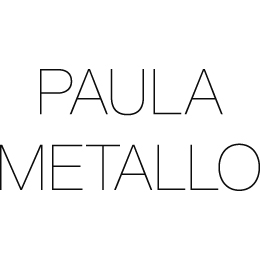-
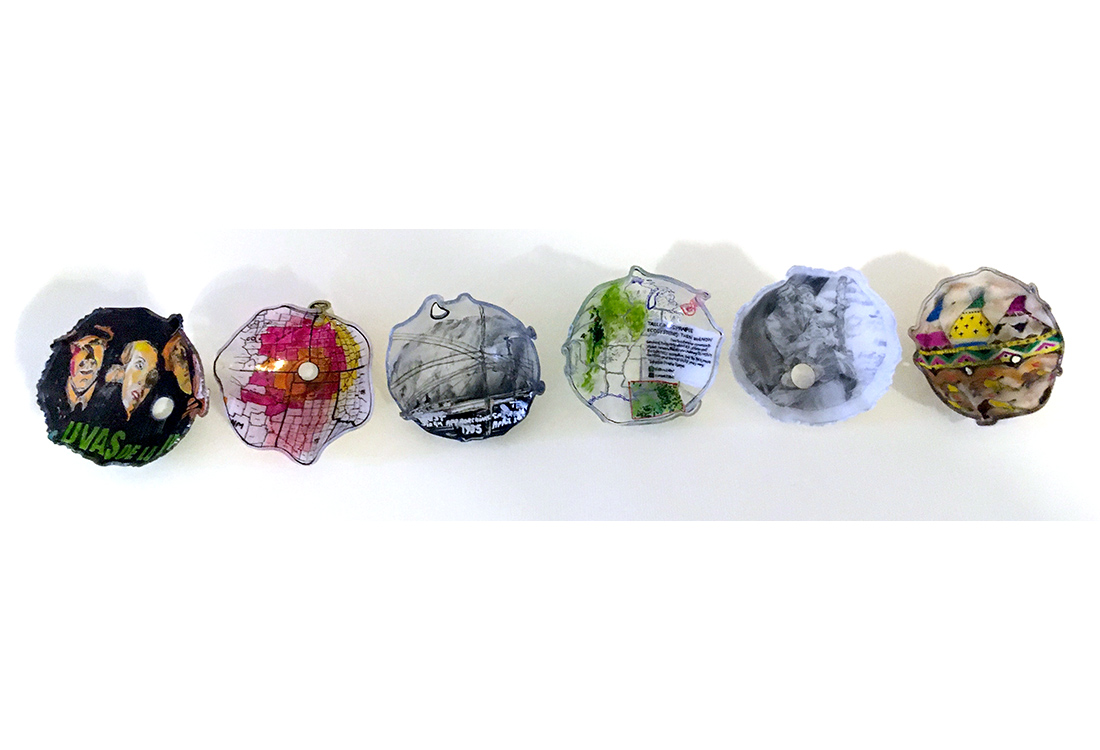
Dust Bowls, 2020, mixed media on plastic Shrinky Dink, 7 cm diameter each. Other research on the concept of “fixing holes” is represented by a previous body of work concerning a glimpse into our agrarian past. The “Mimbres” culture was centered near the southwest region of New Mexico. Their pottery was produced between 850-1150 A.D. A hole punctured in the center indicates that the bowl was ceremoniously “killed” allowing for the spirit of the image to be free, and so symbolically replenishing the “hole” left behind in nature. I have made a series of bowls with images of some of the largest and deepest manmade holes on earth. I accompany them with their own “Mimbres” bowl in an attempt to remedy the damage done, as with the Stryker ‘killed’ photos. It was inevitable that the “Dust Bowl” research would come to include some “Dust Bowls”.
-
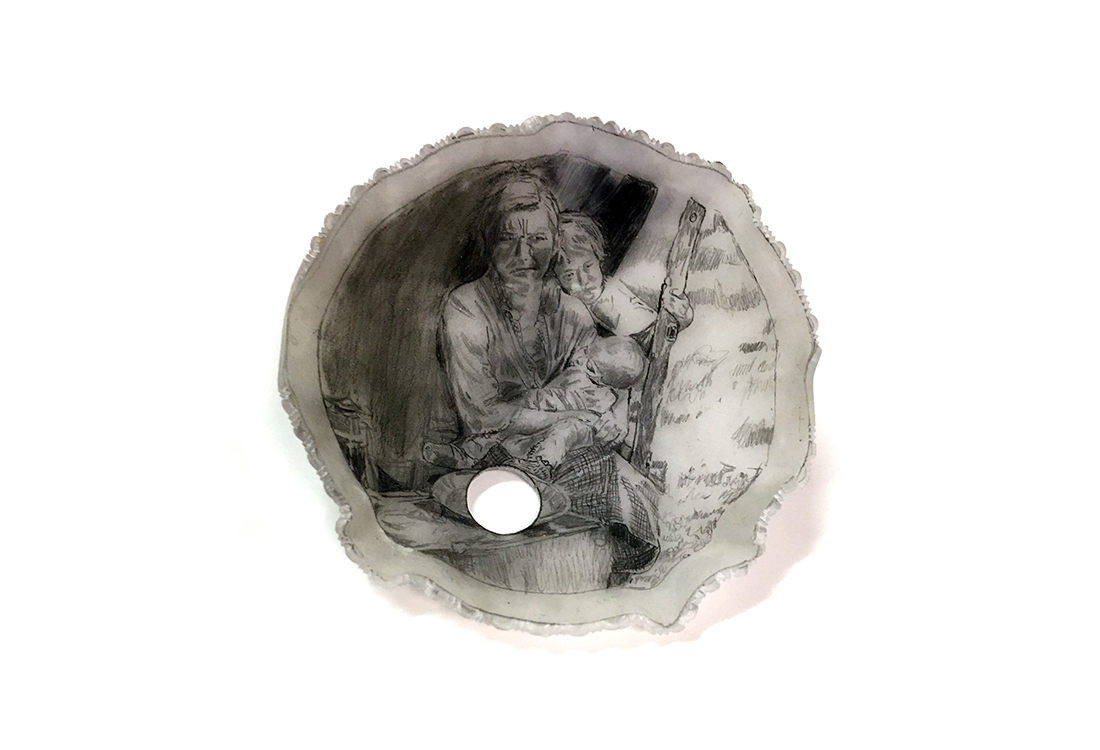
Dorothea Lange's famous photo “Migrant Mother” (1936). Dorothea Lange (May 26, 1895 – October 11, 1965) was an American documentary photographer best known for her Depression-era work for the Farm Security Administration (FSA). Florence Owens Thompson (born Florence Leona Christie; September 1, 1903 – September 16, 1983), born in Indian Territory, present-day Oklahoma. Both her parents were of Cherokee descent. She was the subject of Dorothea Lange's famous photo “Migrant Mother” (1936).
-
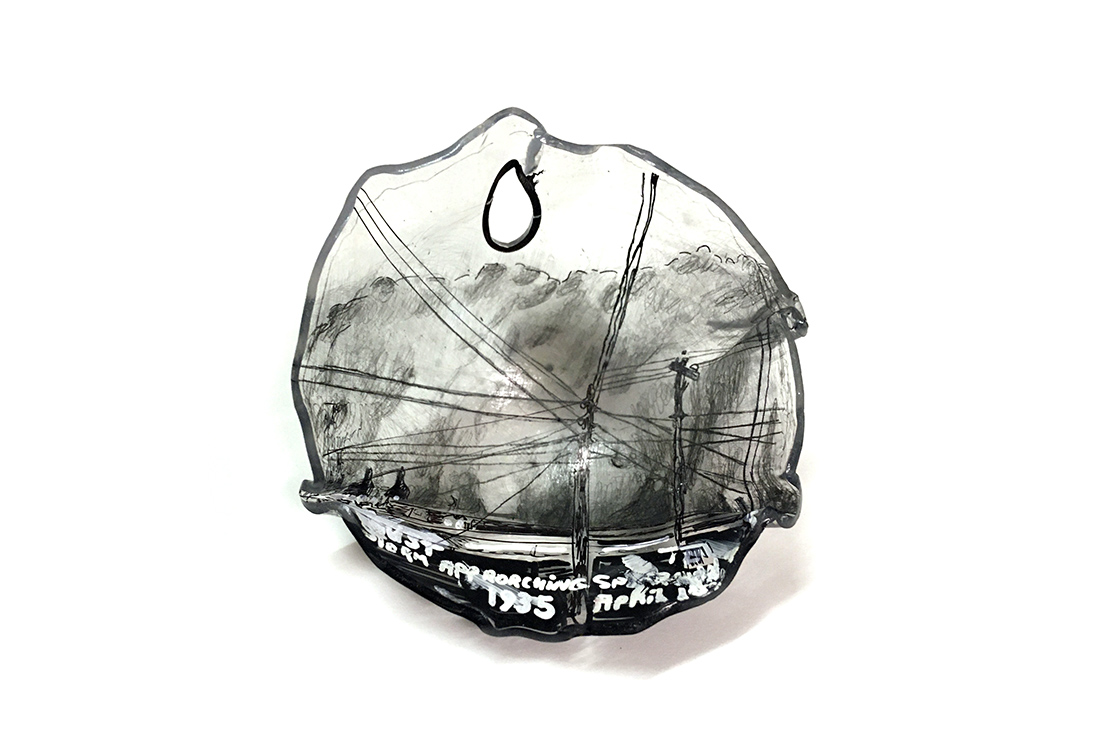
The worst dust storm occurred on April 14, 1935, called “Black Sunday”. A wall of blowing sand and dust started in the Oklahoma Panhandle and spread east. As many as three million tons of topsoil are estimated to have blown off the Great Plains during Black Sunday.
-
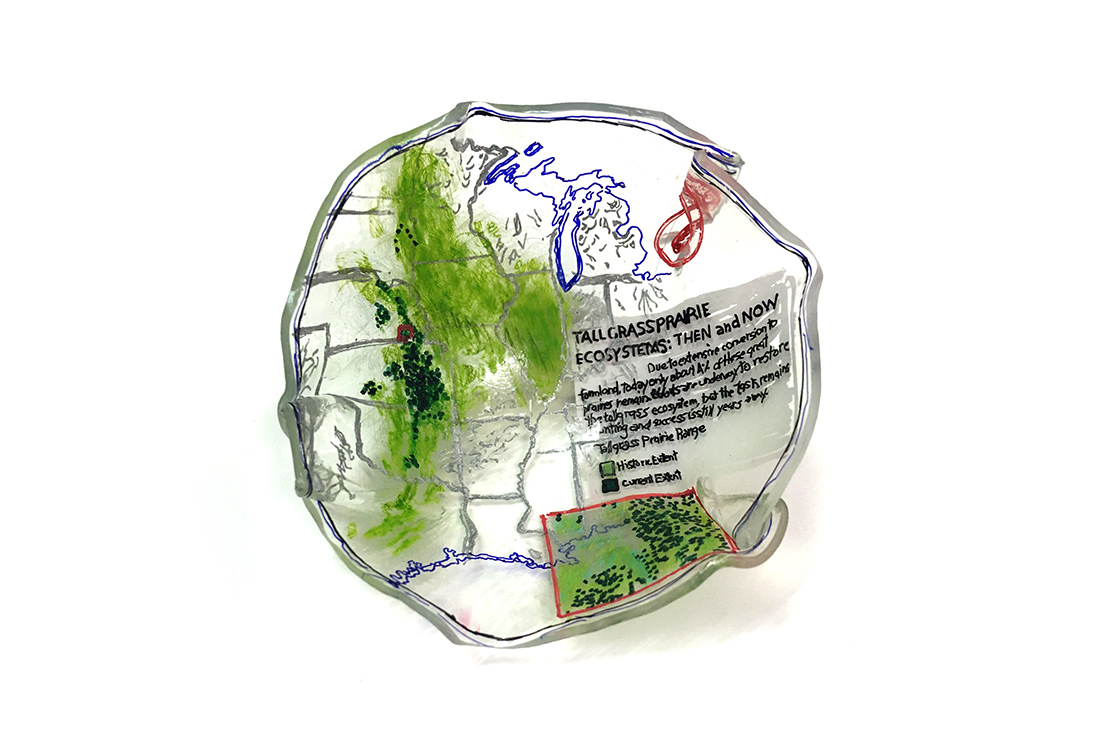
Tall grass or Buffalo grass. During the Great Depression, many farmers raced to plant subsidized wheat crops failing to apply dryland farming methods. Their over plowing destroyed the native prairie grass, a web of more than 470 species of tough, resilient, deep-rooted grasses that kept the soil intact for millennia. By the end of 1931, 13.3 million hectares of robust grassland were gone. The destruction of the landscape threw the whole ecosystem out of whack: In place of, prairie chickens, and mourning doves were, black widows, cutworms, rabbits, grasshoppers and locusts.
-
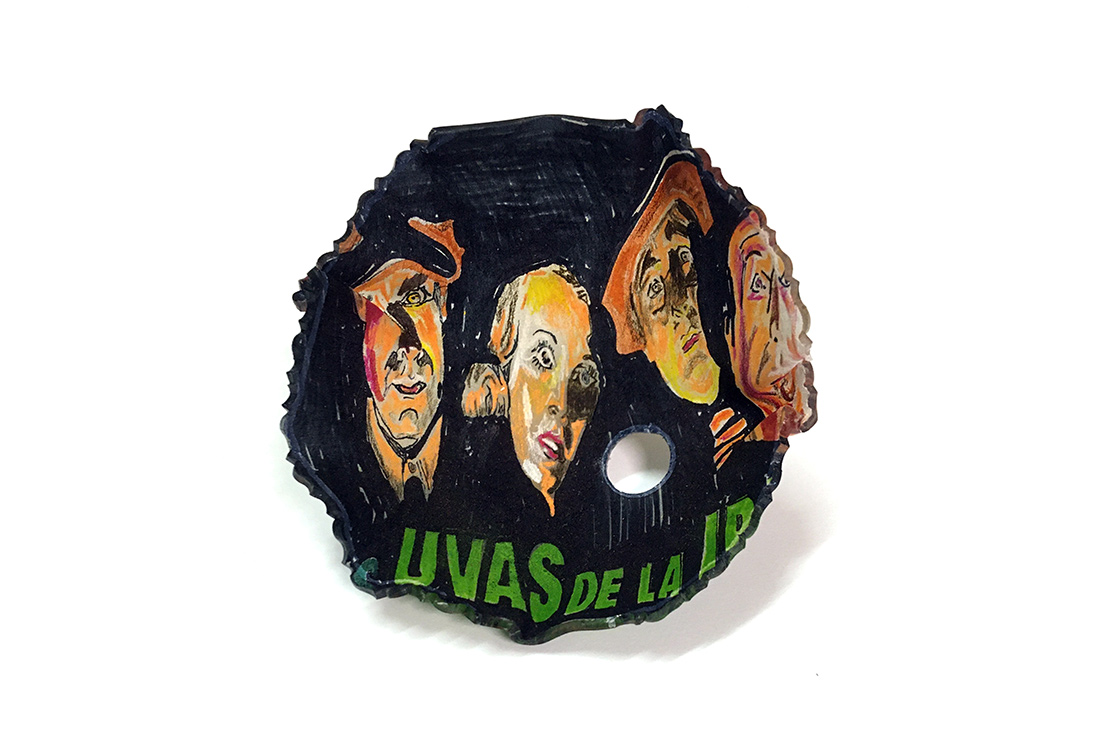
Movie 1940 by John Ford from John Steinbeck’s book, “The Grapes of Wrath”, 1939. “The quality of owning freezes you forever in ‘I’ and cuts you off forever from the ‘we’”. From the prize-winning epic of the Joad family, forced to travel west from Dust Bowl era Oklahoma in search of the promised land of California.
-
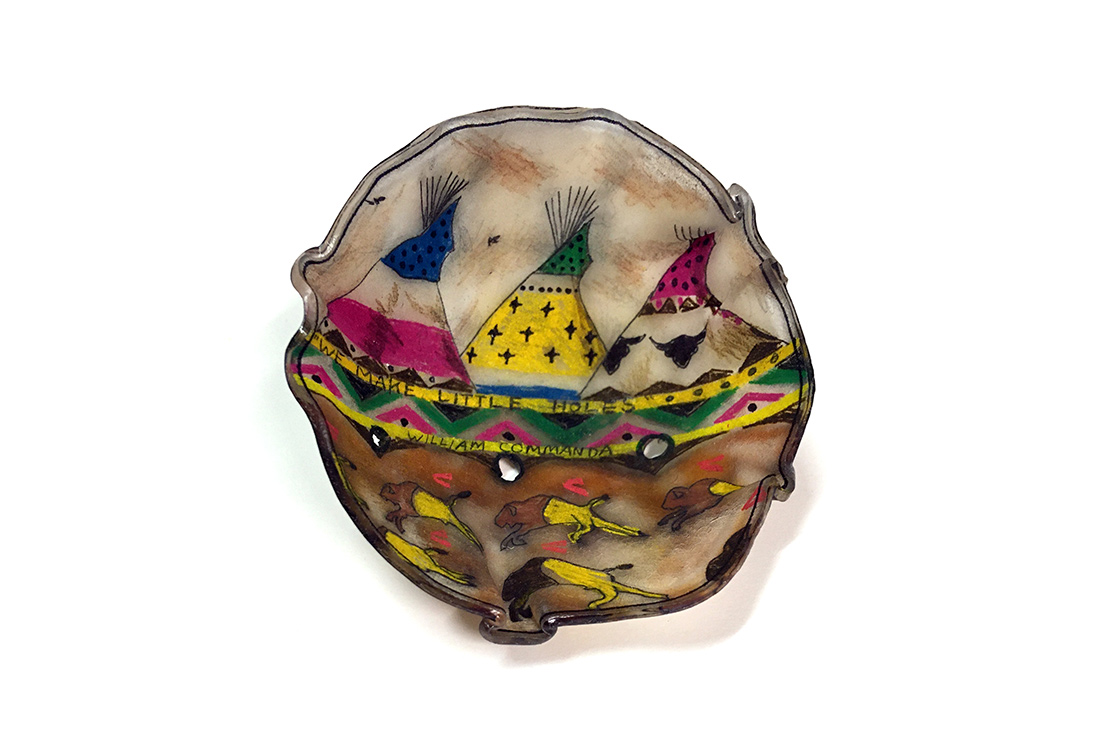
William Commanda, Mamiwinini, Canada, 1991. “When we Indians kill meat, we eat it all up. When we dig roots, we make little holes. When we build houses, we make little holes…. Everywhere the White man has touched, it is sore”. The prairie buffalo, also commonly known as the “American buffalo”, nearly became extinct by a combination of commercial hunting and slaughter in the 19th century and introduction of bovine diseases from domestic cattle. With a population in excess of 60 million in the late 18th century, the species was down to just 541 animals by 1889. Recovery efforts expanded in the mid-20th century, with a resurgence to roughly 31,000 wild bison today, largely restricted to a few national parks and reserves.
-
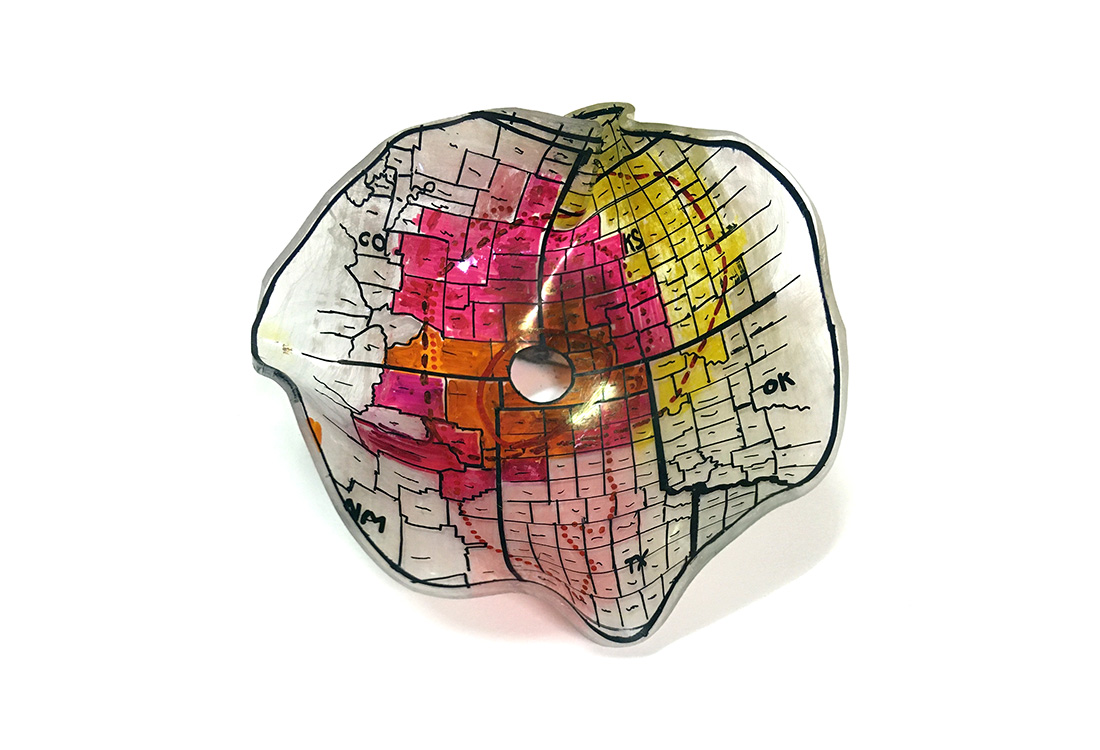
Map of environmental extent of the “Dust Bowl” states during the 1930s: Texas, New Mexico, Colorado, Nebraska, Kansas and Oklahoma. More than a million people left this land between 1930-1935. It was the largest migration in American history.
-
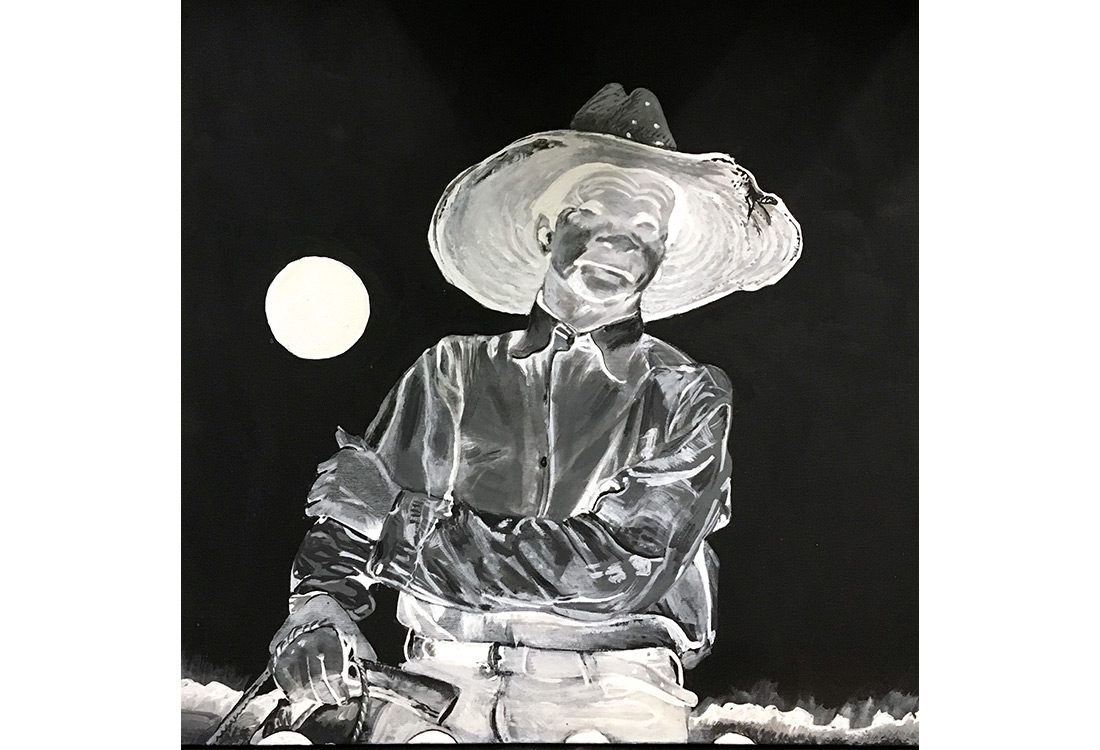
By the light of the Moon, acrylic on canvas, 50 x 50 cm, 2019.
-
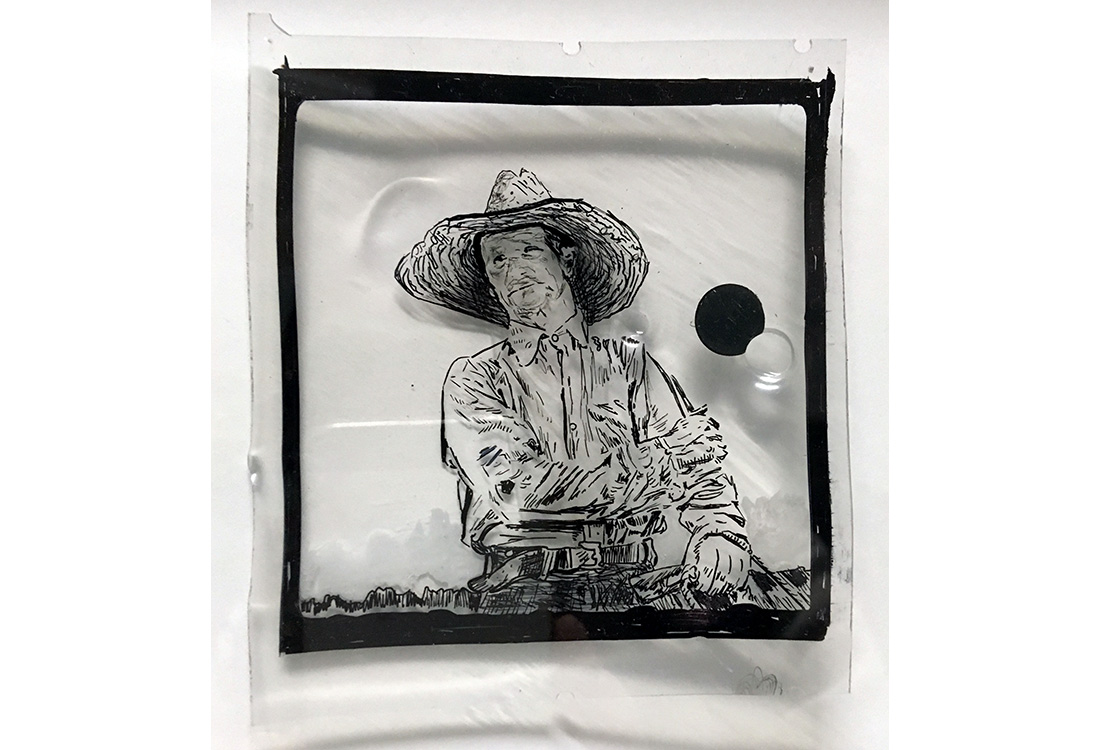
By the light of the Moon, Shrinky Dink plastic, 10 x 10 cm, 2019.
-
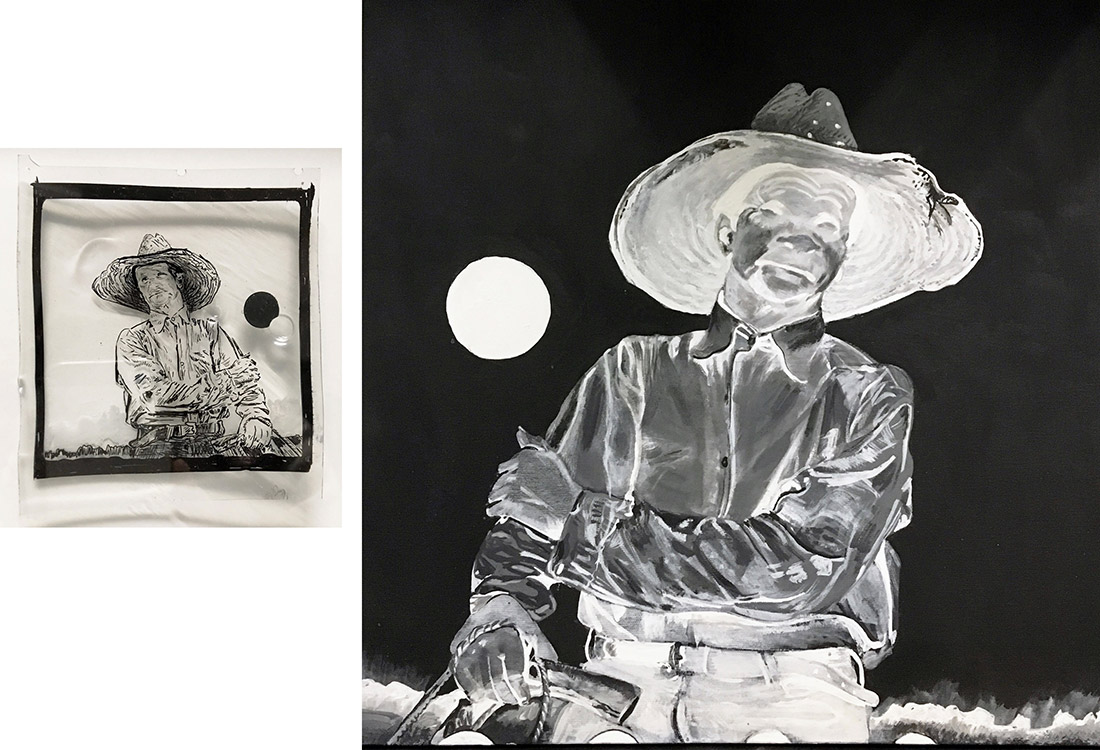
By the light of the Moon, Shrinky Dink plastic, 10 x 10 cm, acrylic on canvas, 50 x 50 cm, 2019.
-
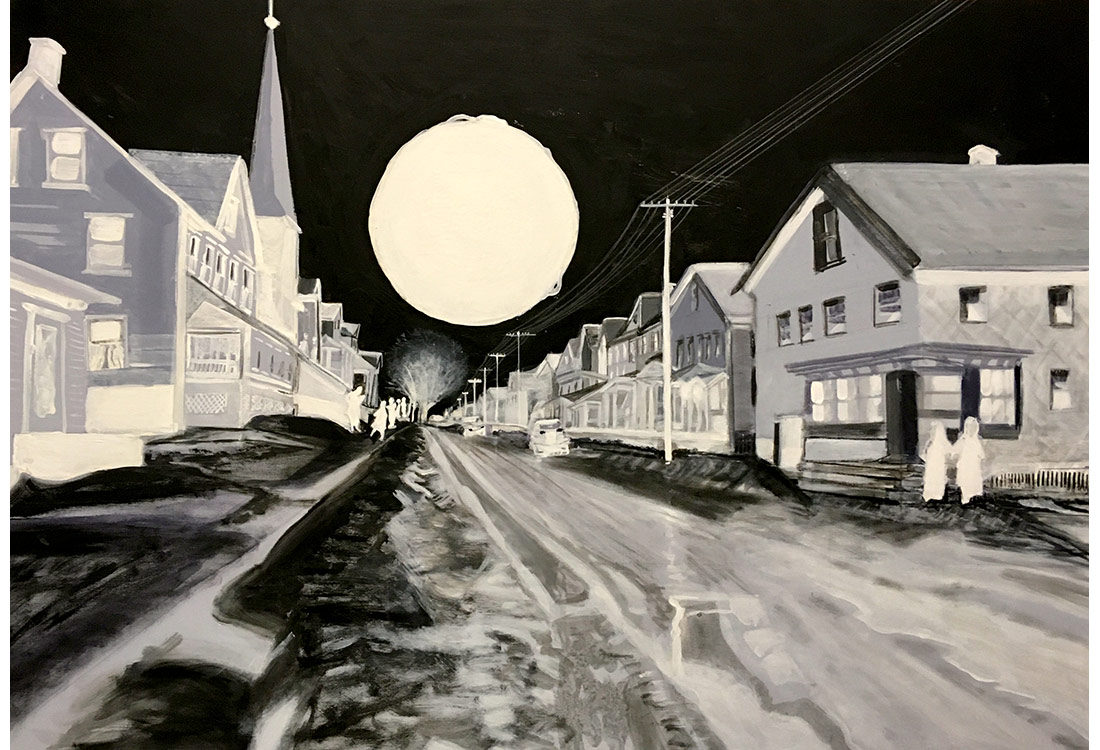
By the light of the Silvery Moon, acrylic on canvas, 70 x 100 cm, 2019.
-
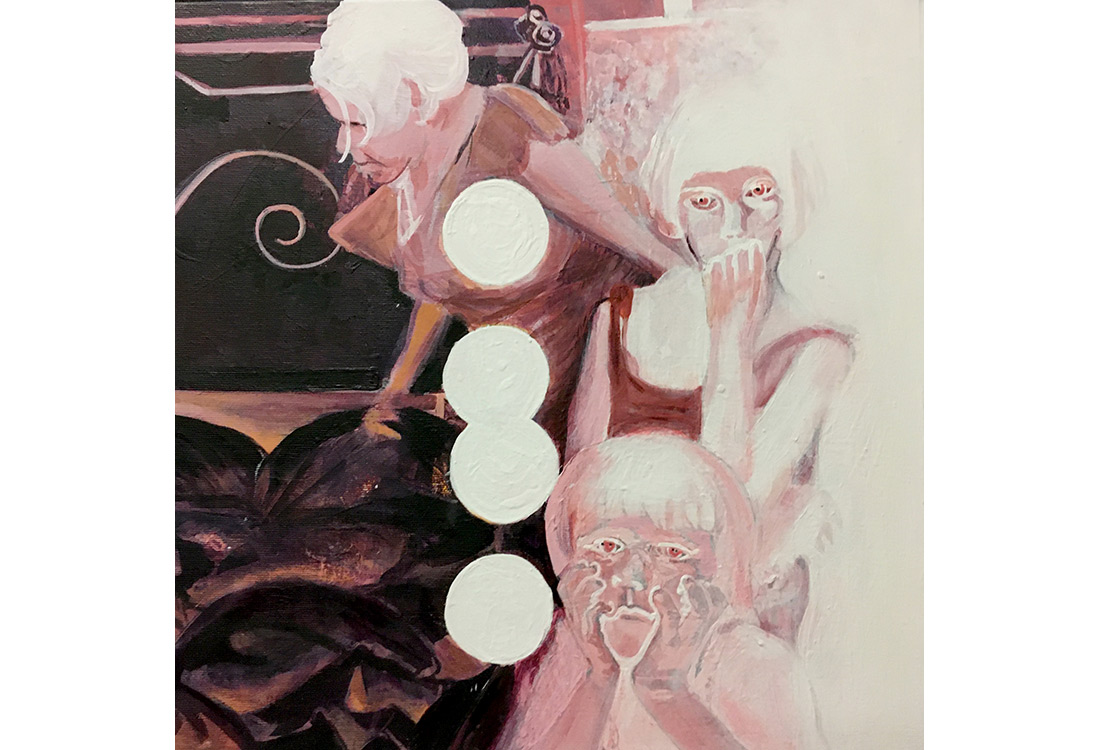
Day and night 4 Moons, acrylic on canvas, 50 x 50 cm.
-
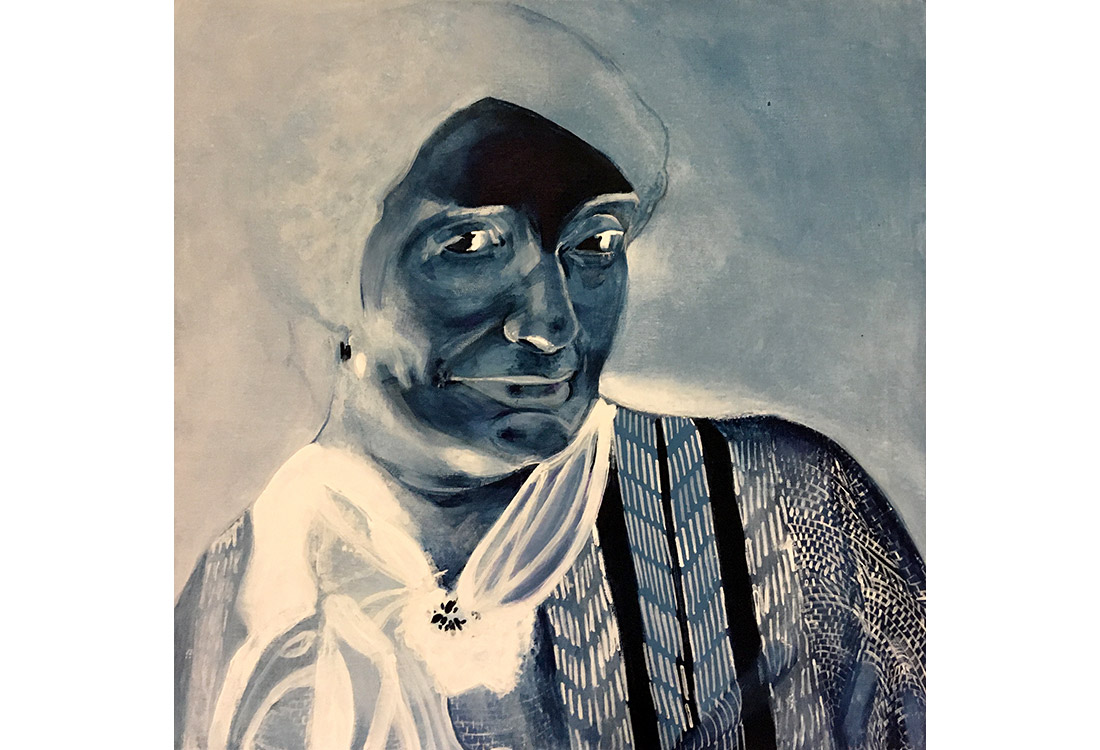
Look at, Dorothea Lange, acrylic on canvas, 50 x 50 cm, 2019. Lange and the other FSA photographers agreed to not look away from the disastrous effects of the Dust Bowl and show America to the Americans. “Photography is a philosophical sketching that makes it possible to understand our ignorance… The negative contains the positive”. (Victor Masayesva)
-
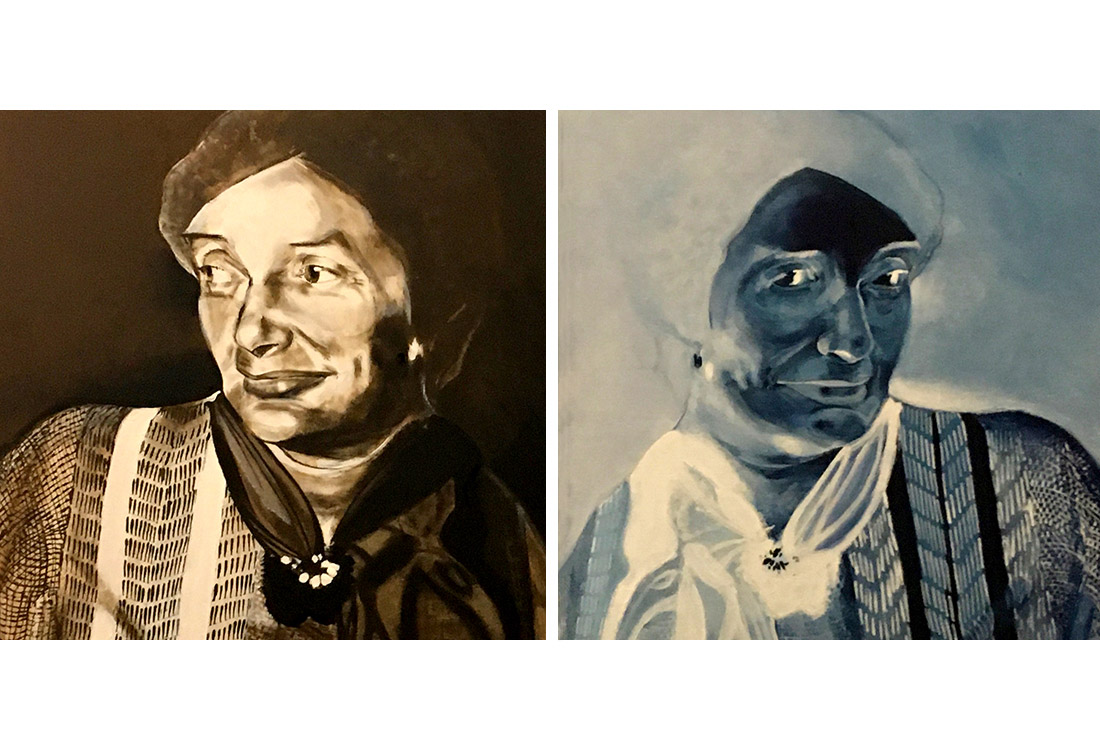
Look away, Look at, Dorothea Lange, acrylic on canvas, 50 x 50 cm each, 2019.
-
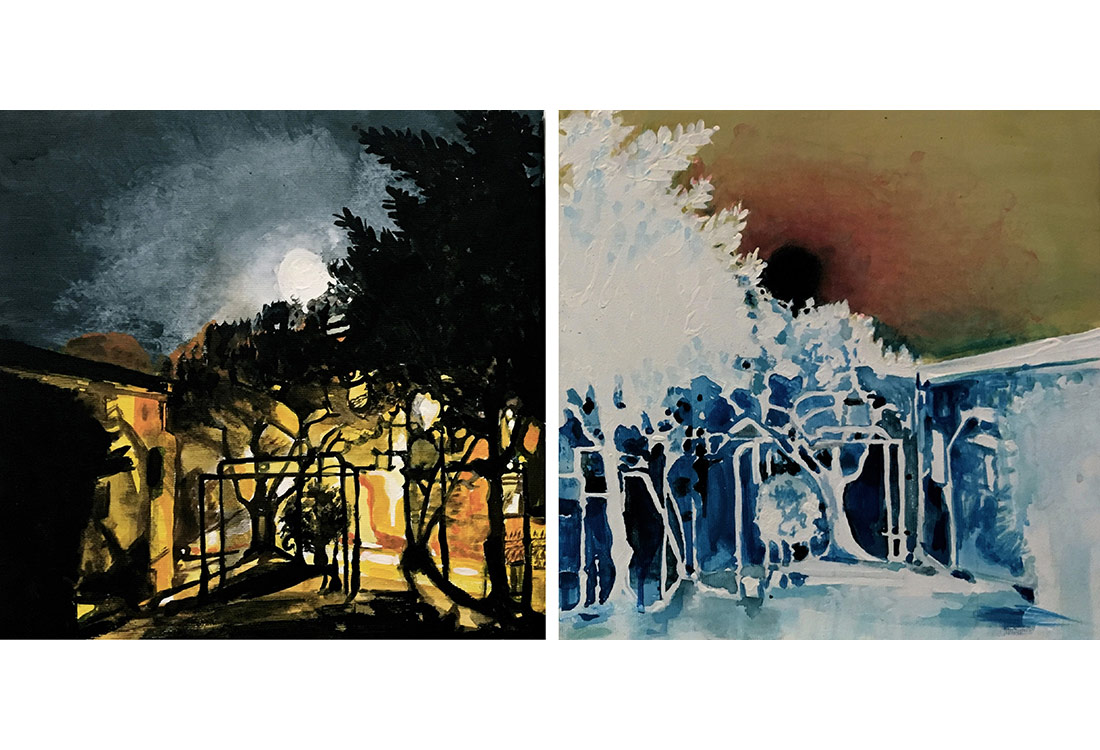
Stryker's Moon, acrylic on canvas, 40 x 40 cm each, 2019.
-

Working day and night, acrylic on canvas, 70 x 100 cm, 2019.
-

